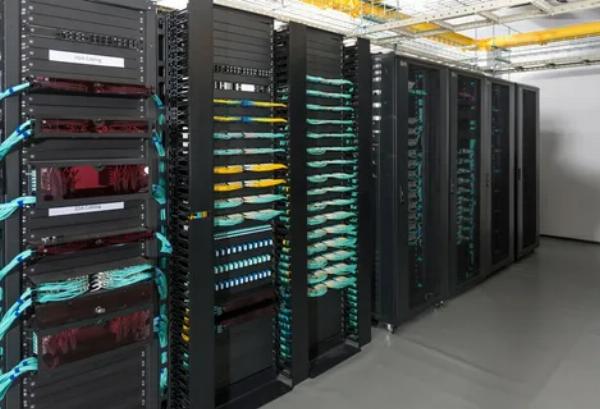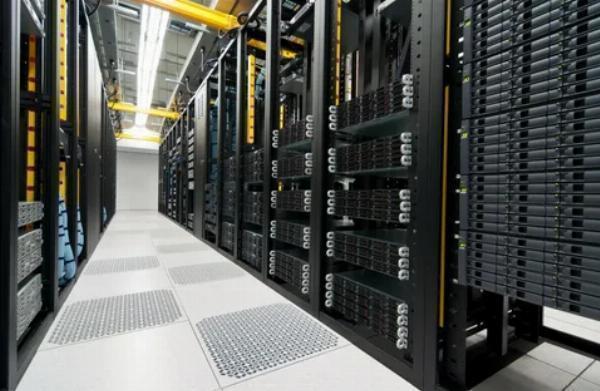The Role of Servers in Video Streaming and Content Delivery

Strong 8k brings an ultra-HD IPTV experience to your living room and your pocket.
In an age where digital content consumption is at an all-time high, the importance of Best servers in video streaming and content delivery cannot be overstated. Servers play a crucial role in ensuring that users can access high-quality video content seamlessly and efficiently. This article explores how servers facilitate video streaming, the technologies involved, and the impact they have on user experience.
Understanding Video Streaming
Video streaming involves delivering video content over the internet in real-time, allowing users to watch without downloading the entire file. This technology has transformed how people consume media, from movies and TV shows to live broadcasts and gaming. At the heart of this process are servers, which manage the storage, processing, and distribution of video content.
Types of Servers Used in Video Streaming
Various types of servers are integral to video streaming, including media servers, application servers, and content delivery networks (CDNs). Media servers are responsible for storing and delivering video content to end users. They handle tasks such as transcoding, which converts video files into different formats to ensure compatibility with various devices. Application servers manage the underlying applications that enable video streaming, such as user authentication, payment processing, and video recommendations.
CDNs are a network of distributed servers strategically located around the globe. Their primary purpose is to cache and deliver content to users based on their geographic location. By reducing the distance between the user and the server, CDNs minimize latency and improve loading times, resulting in a smoother streaming experience.
Streaming Protocols and Technologies
Servers utilize various streaming protocols and technologies to facilitate the delivery of video content. Protocols such as Real-Time Messaging Protocol (RTMP), Hypertext Transfer Protocol Live Streaming (HLS), and Dynamic Adaptive Streaming over HTTP (DASH) are essential for transmitting video data efficiently. These protocols enable adaptive bitrate streaming, which adjusts the quality of the video based on the user's internet connection. This adaptability is crucial for maintaining a high-quality viewing experience, even in fluctuating network conditions.
The Role of Bandwidth in Video Streaming
Bandwidth is a key factor influencing video streaming performance. Servers must have sufficient bandwidth to handle multiple concurrent streams without degrading quality. High-definition and 4K video content requires significantly more bandwidth than standard-definition video. As the demand for high-quality content continues to rise, servers must be equipped to manage increased data loads effectively.
Load balancing techniques are often employed to distribute traffic across multiple servers, ensuring that no single server becomes overwhelmed. This distribution not only enhances performance but also provides redundancy, minimizing the risk of downtime.
Security Considerations in Video Streaming
As video streaming becomes increasingly popular, security concerns are also on the rise. Servers must implement robust security measures to protect against threats such as unauthorized access, data breaches, and piracy. Encryption protocols like Secure Sockets Layer (SSL) and Transport Layer Security (TLS) are essential for securing data during transmission. Additionally, Digital Rights Management (DRM) technologies help protect content from unauthorized copying and distribution.
Impact on User Experience
The effectiveness of servers system in video streaming directly impacts user experience. Slow loading times, buffering, and poor video quality can lead to viewer frustration and decreased engagement. Users expect seamless playback, and any interruptions can drive them away from a service. Therefore, optimizing server performance is crucial for retaining viewers and ensuring satisfaction.
To achieve optimal user experience, streaming services often conduct regular performance monitoring and testing. Analyzing metrics such as buffer rates, load times, and user engagement can provide valuable insights into how servers are performing and where improvements can be made.
Future Trends in Video Streaming
As technology continues to evolve, the role of servers in video streaming is set to become even more significant. Innovations such as edge computing are changing how content is delivered. Edge computing involves processing data closer to the user, reducing latency and improving performance. This technology can be particularly beneficial for real-time applications, such as live sports events and gaming.
Furthermore, advancements in artificial intelligence and machine learning are being integrated into video streaming. These technologies can enhance content recommendations, optimize streaming quality, and analyze viewer behavior to create a more personalized experience.
Conclusion
Servers software play a vital role in the video streaming and content delivery ecosystem, facilitating the storage, processing, and transmission of digital content. Their impact on user experience, security, and performance cannot be understated. As the demand for high-quality video content continues to grow, the importance of robust server infrastructure will only increase. By understanding the critical functions of servers in video streaming, organizations can better position themselves to meet the evolving needs of their audiences.
Note: IndiBlogHub features both user-submitted and editorial content. We do not verify third-party contributions. Read our Disclaimer and Privacy Policyfor details.







